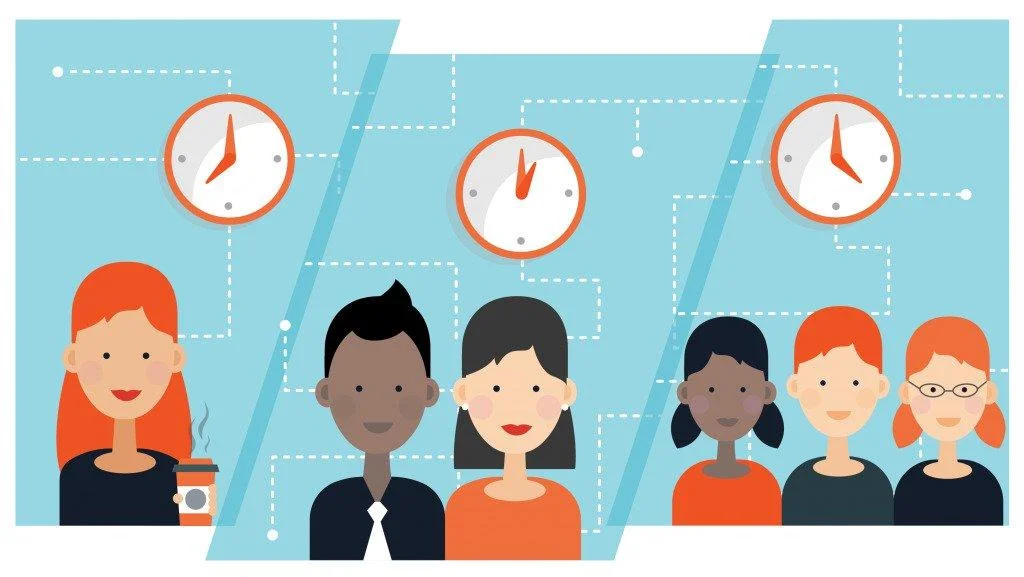Are you thinking of giving up on the different types of radio advertising? Who says the radio is dead? Radio has survived two media dominance, first TV in the 1960s and the internet in the 2000s. Most American adults (this is especially true for people 35 years old or older) still spend their time listening to the radio for four hours every day. Even though around 45% younger generation, those with age of less than 35 years old, have switched to on-demand options like podcasts or on-demand radio, that stat is still outnumbering those two.
So, if you’re thinking of ditching this advertising medium, think again because radio shows us it’s here to stay. Through this article, we’ll show the basics of radio advertising and the types of radio advertising you can choose from.
The Basics of Radio Advertising
First, let’s cover the basics. What is radio advertising? It’s the act of promoting your products or services by buying ad slots on radio stations. Like other mediums, the radio station plays your commercial after your company pays for the airtime slot. The same applies to radio advertising concepts, from traditional to on-demand (internet) stations.
Next question: Why choose radio advertising? The stats we mentioned earlier can answer this question better than anything. However, there are other reasons, too. For small businesses, radio is a cost-effective medium, providing a flexible production process and precise targeting of audiences like commuters. Plus, the audio format also encourages imagination, making the messages more memorable and impactful—perfect for driving consumer action.
Types of Radio Advertising
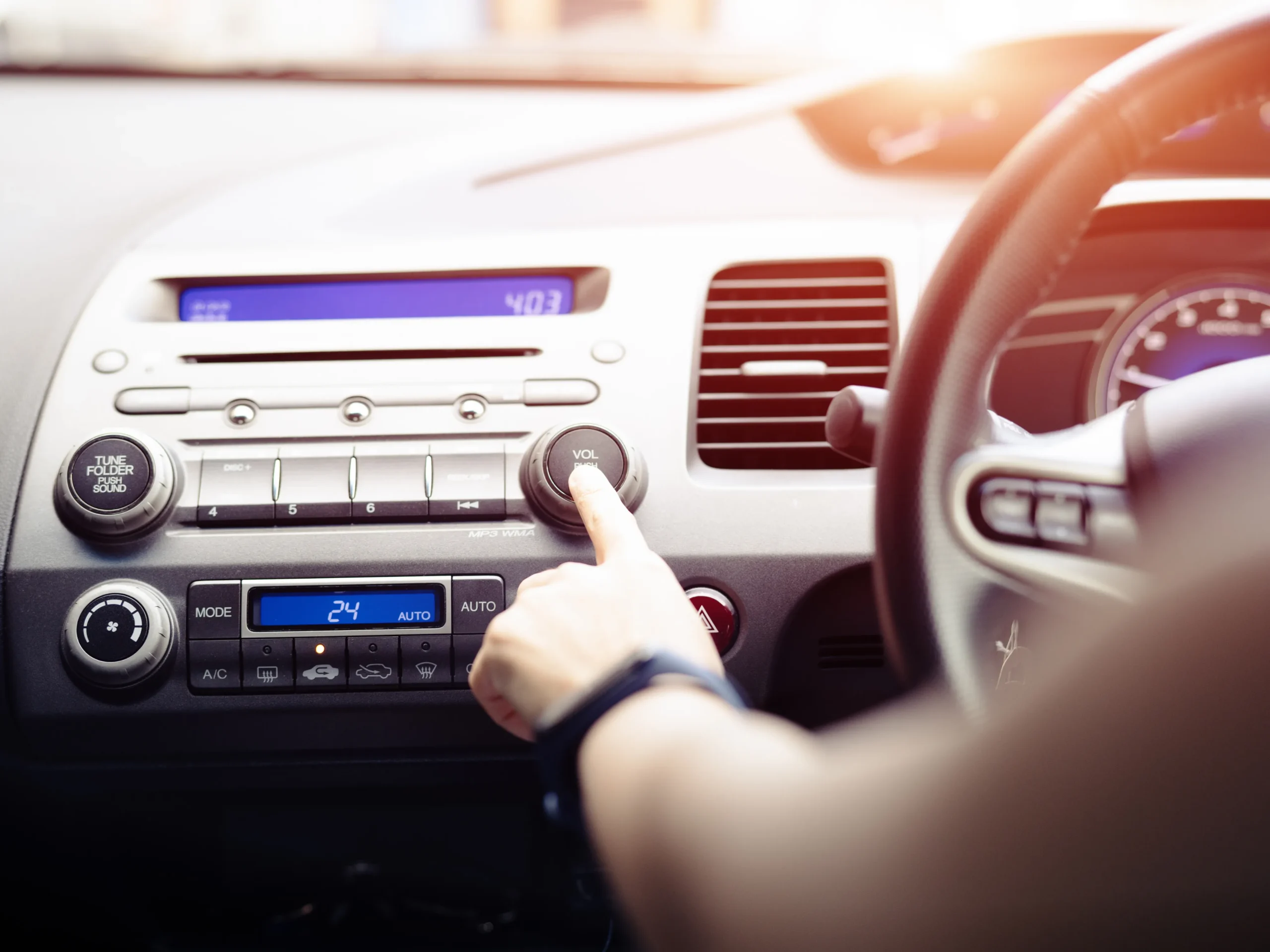
Traditional Spot Advertising
This traditional spot is one of the most common types of radio advertising. Similar to other types of advertising, you can promote your business’s product service or special event on air during commercial breaks using pre-recorded ads that usually last around 15, 30, or 60 seconds (depending on the duration you pay for).
Sponsorships
This particular radio advertising type allows your business to align with a specific radio program that suits your target demo, gaining credibility and recognition through association. You may have heard this example when a radio host might say, “Today’s show is brought to you by your company.” This concise message makes the brand memorable while tying it directly to the show.
Jingles and Sound Branding
A lot of people sing or hum to a catchy song you hear in a commercial because they’re so memorable. Jingles and catchy sounds like those in commercials are a way to make your prospective customers remember your brand by heart. These unique sound brands stick in listeners’ minds through their repetitive nature, creating instant recognition when they hear it again.
Live Reads and Endorsements
There are many different types of radio advertising. Still, these two are particularly unique, and almost no other medium can replicate them. With this format, your ad script will be read by radio hosts who add their personality and unique touch to the ad, making it more authentic and relatable. Also, radio programs usually have loyal listeners. That’s why endorsements coming out of their favorite hosts will have a strong influence on their purchasing decisions.
Promotions and Contests
Other types of radio advertising may make your brand heard, but they often lack engagement since radio also doesn’t involve other senses like visuals. Offering prizes, giveaways, or discounts through contests are interactive ways to boost participation and encourage listeners to remember your brand and product in a fun, memorable way, which results in higher engagement and a stronger connection between your brand and the listeners.
Traffic Reports and Public Service Announcements (PSAs)
Besides radio programs, your company can also place an ad in ‘important and necessary’ information breaks like traffic reports, weather updates, or even public service announcements. The way it’s being delivered is usually similar to regular sponsorship, like “This public service announcement is brought to you by ‘your company.’'”
Choosing the Right Type of Radio Advertising

Assessing Your Goals
Before choosing which one, you need to start by identifying what kind of goal you’re trying to achieve with your radio ad. Are you looking to raise your brand awareness? If so, traditional spot advertising with catchy jingles is what you’re after. Or are you looking to drive traffic to your store? Live reading or promotion would be more suitable for that. Whichever you choose, though, these goals will make your ad more effective in delivering your marketing objectives.
Understanding Your Target Audience
Once you know what you aim for, consider who your audiences are. If you’re targeting young adults, you can opt for traffic report sponsorships or traditional spot advertising during the rush hour when those demographics are most likely to be on their way to work, listening to the radio in the car or anywhere through the live streaming radio.
Budget Considerations
Different types of radio advertising have different prices as well. Traditional pre-recorded ads during commercial breaks are usually more budget-friendly. At the same time, live endorsements or sponsorships may require a higher investment. Choose one of the different types of radio advertising that matches all the points above while aligning with your marketing budget.
Trends in Radio Advertising

Integration with Digital Media
Rather than choosing one over the other when it comes to radio and digital advertising, we think it’s best to mix them up to maximize your reach and maintain relevance by integrating the different types of radio advertising you choose with digital media. You can use social media platforms or mobile apps to amplify your radio ads or vice versa. This way, you’ll have the best of what both worlds offer.
The Rise of Podcasting
Podcast ads give brands a unique chance to connect with listeners in a more targeted, intimate setting. Because they’re often presented in a relaxed, conversational setting by hosts listeners already trust, these ads feel personal and authentic—qualities that traditional ads sometimes miss. For your brand, this makes podcast advertising an especially powerful option to make a lasting impression.
End Note
Radio advertising is far from outdated; it’s still a powerful tool for reaching diverse audiences, even in the digital age. Various types of radio advertising—from traditional spot ads to sponsorships and interactive contests—allow businesses to connect with listeners in unique, memorable ways. Whether aiming for brand awareness or immediate engagement, radio’s flexibility and enduring reach make it an advertising medium worth considering.
Let’s talk and explore the different types of radio advertising to find the approach that best aligns with your goals, audience, and budget.
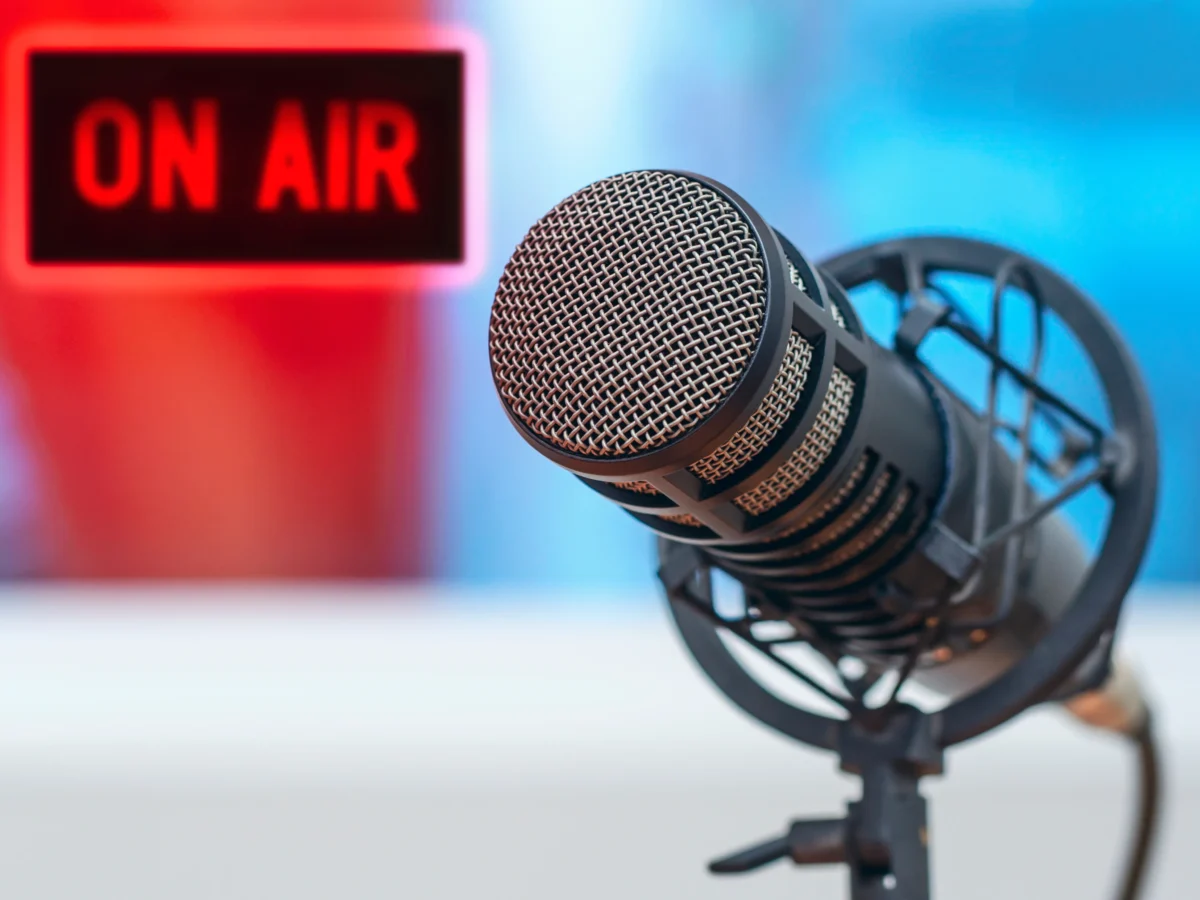

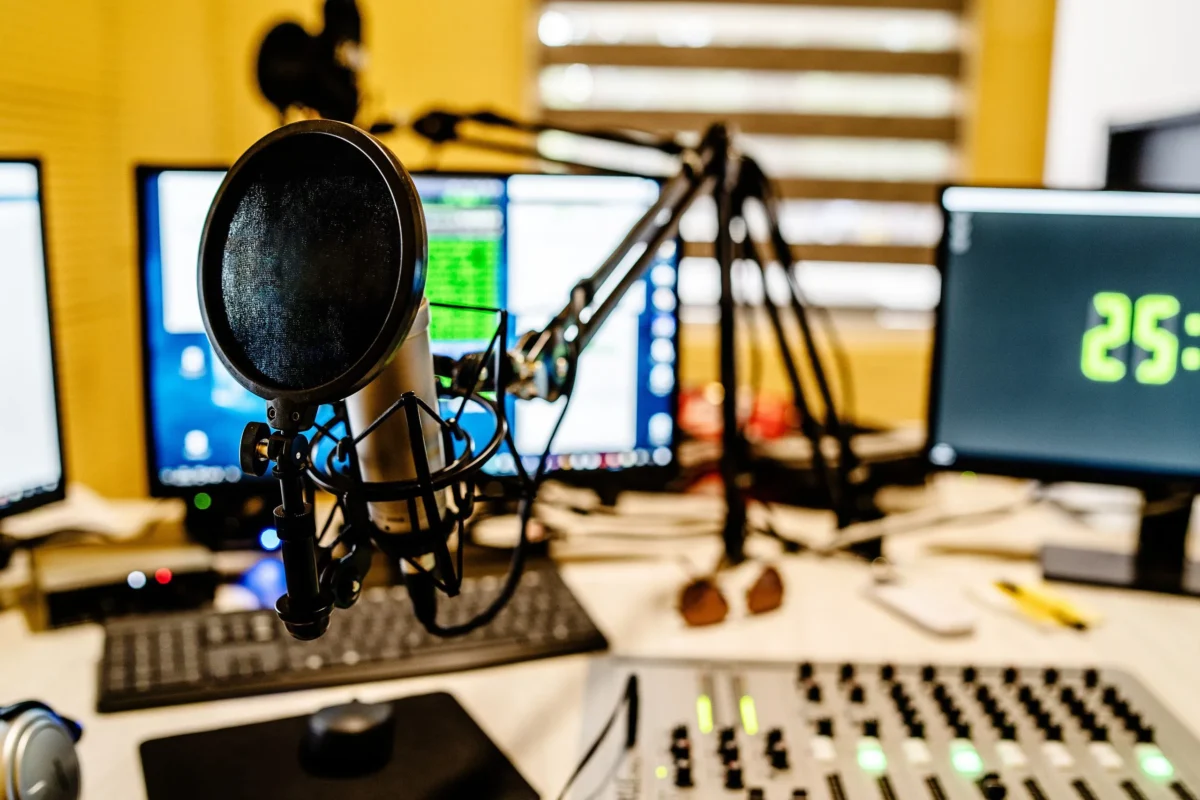
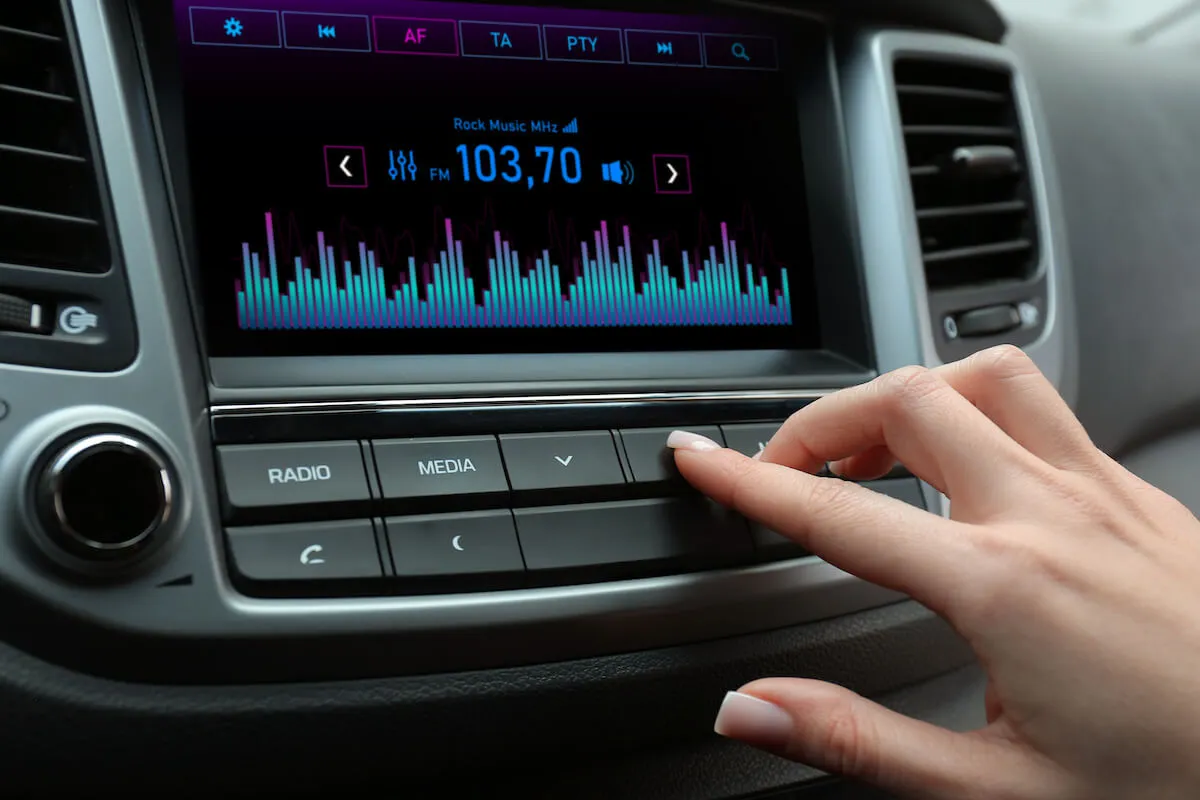
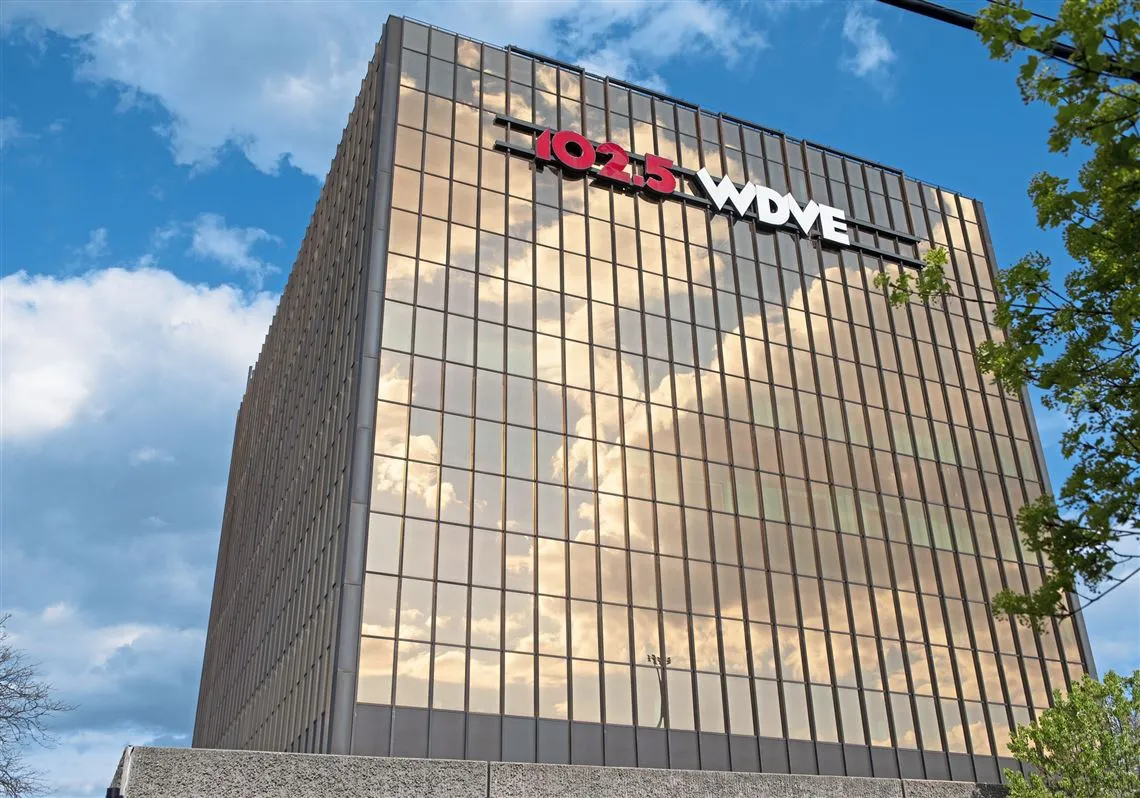
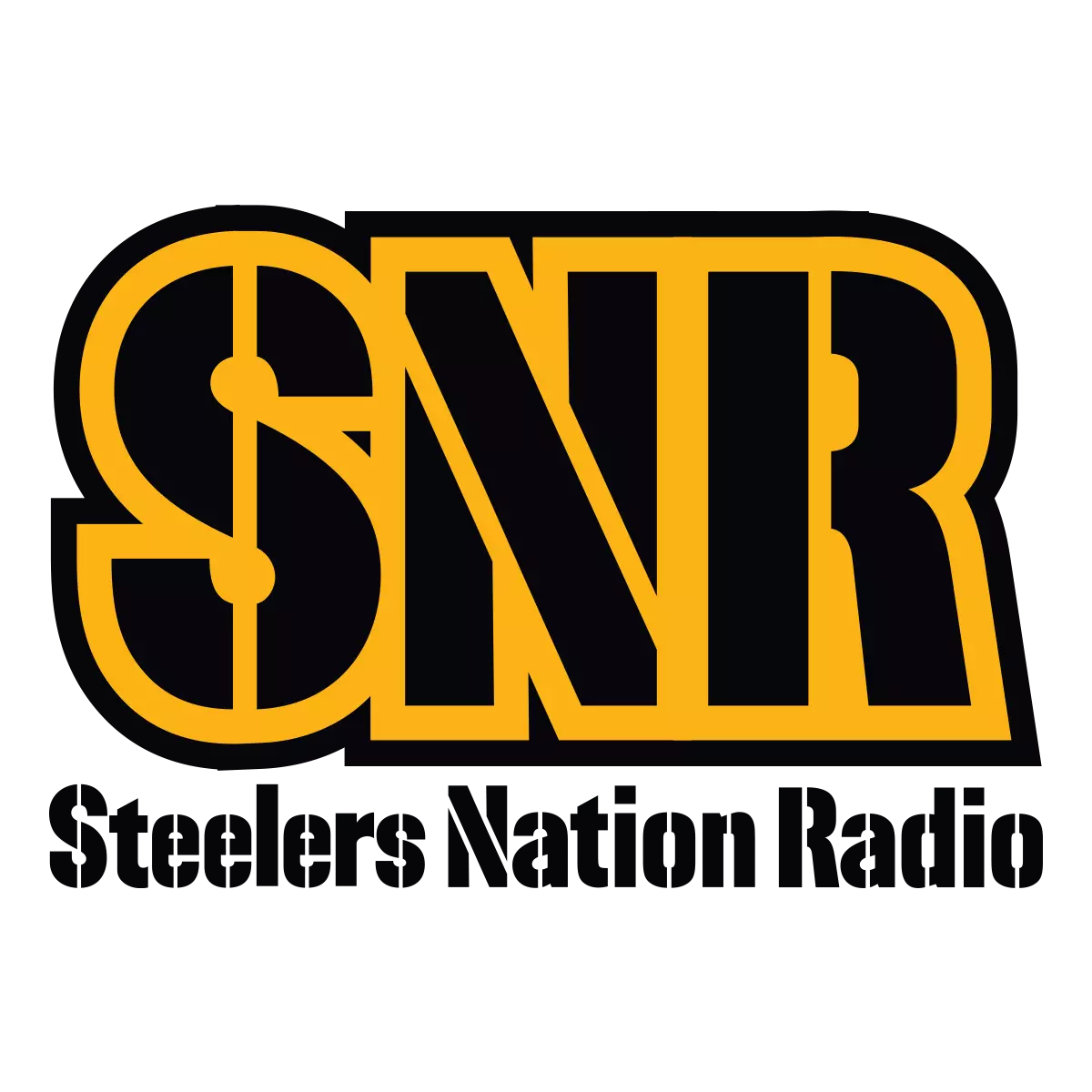
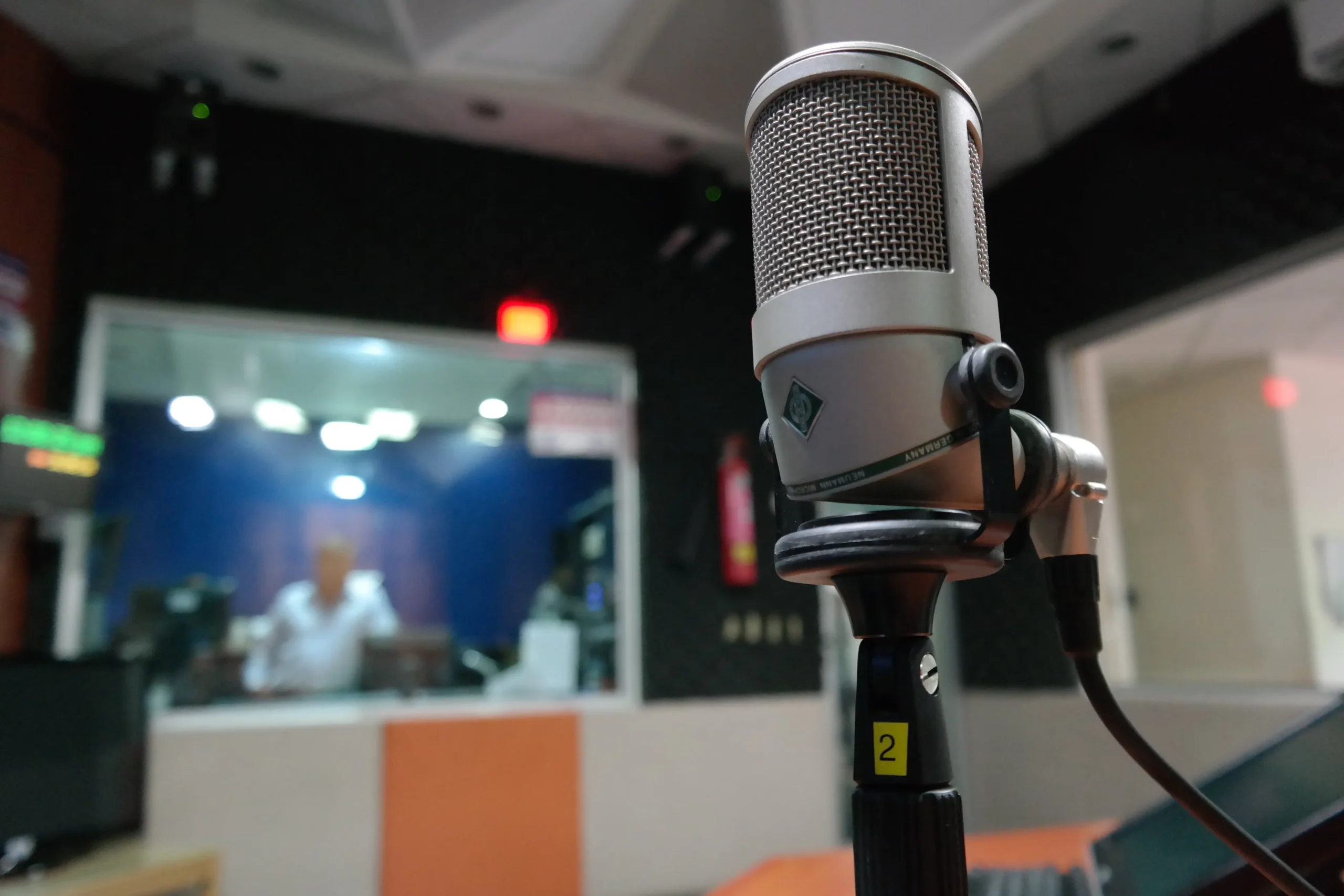

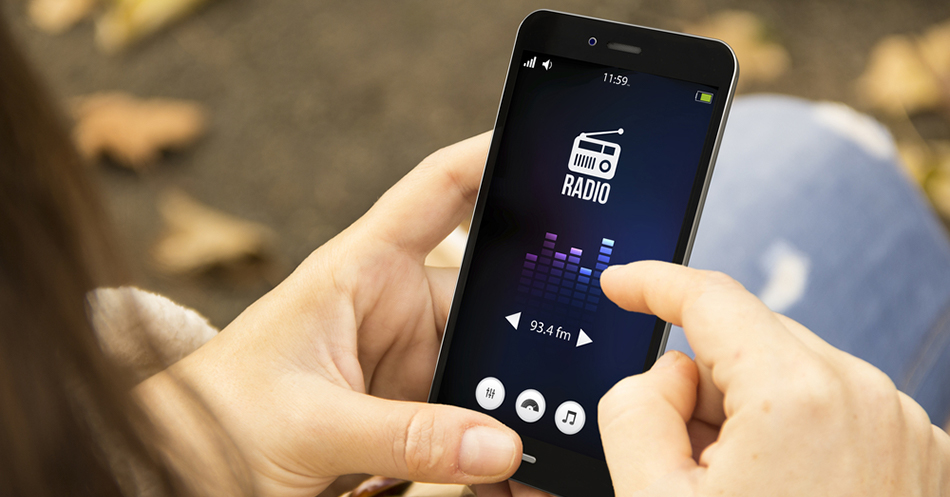
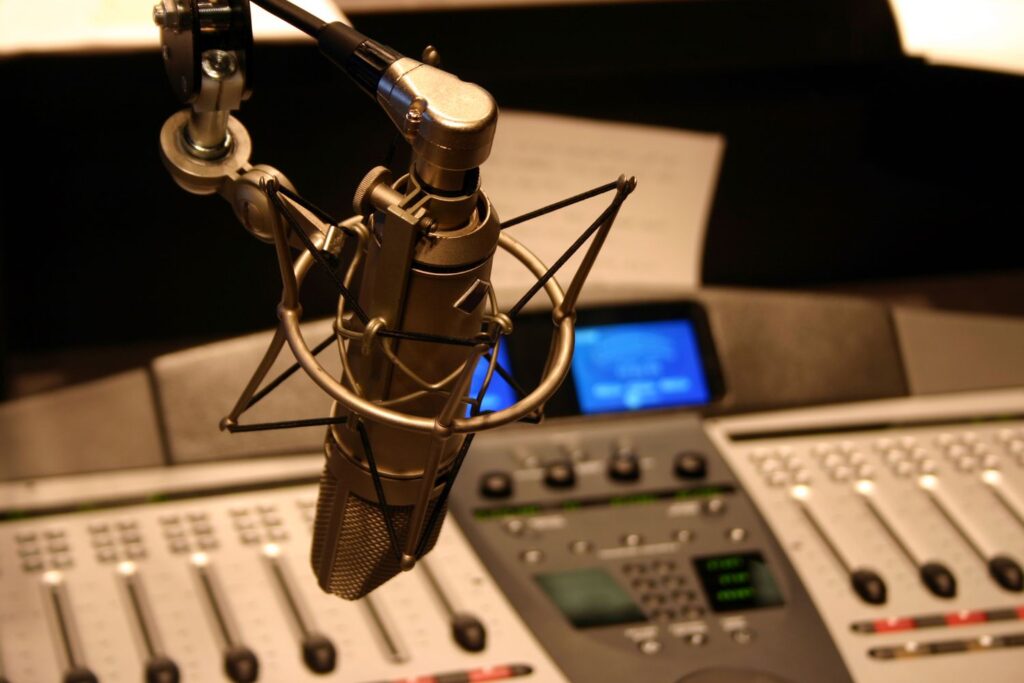 4. Digital Radio Ads
4. Digital Radio Ads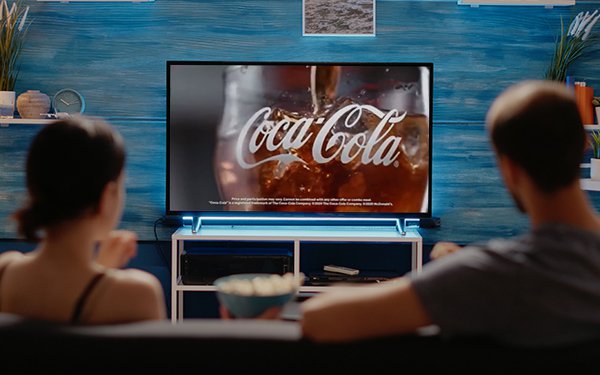
 Competitive Separation: Competitive separation is the length of time between commercials for the same service or product from a competitor. This is also known as commercial protection in broadcast and typically lasts about 10 minutes between commercials.
Competitive Separation: Competitive separation is the length of time between commercials for the same service or product from a competitor. This is also known as commercial protection in broadcast and typically lasts about 10 minutes between commercials.
